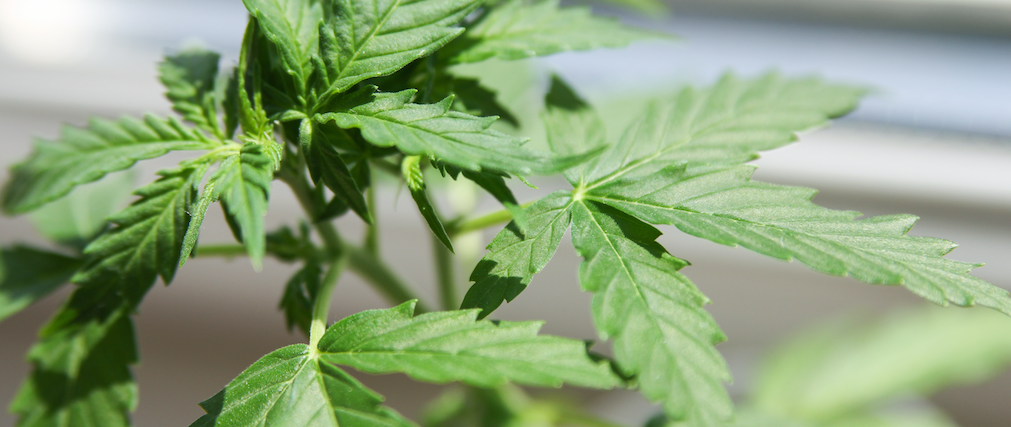08.29.2025
Sausage casings bulletin, August 29, 2025

Runner market commentary
...

Domestic shipping options for hemp have evolved considerably since the Farm Bill’s passage in 2018. The messiest period was in early 2019, with cases like Big Sky Scientific’s 3+ ton bust in Idaho. Shipping guidance from industry thought leaders throughout 2019 routinely urged operators to avoid Idaho. Falling hemp prices helped to expand biomass shipping in 2020, when many operators began shipping full semi’s to buyers or contract extractors. The Big Sky case did impede trade flows between Colorado and Oregon, stifling growth.
The most alarming incident for the cannabinoid segment involved Oregon extractor Key Compounds, who was shipped hot extract from Phasex Corp in Massachusetts. Key compounds was saddled with hundreds of thousands in legal fees and folded as a result. This was a heads up to US operators that shipping extracts involved considerable unforeseen risk. The Key Compounds shipment was reported to local law enforcement by a postal worker, and there have been other cases involving erroneously seized USPS shipments.
Following the release of the DEA’s IFR last year, the industry was reminded once again that shipping extracts is risky. This has certainly limited the ability for small scale operators to access remediation services outside their geographical area. This issue is far from settled and is very complex, given the large number of jurisdictions, and the wide range of legal interpretations possible.
Hempseed no longer presents a challenge to shippers, and the hemp seed for sowing segment has moved seed domestically and internationally without issue. In 2019, imported seed still required a DEA permit, but this aspect of the industry has been normalized, and hemp seed genetics are free to move about the cabin. Raw, baled fiber is also a non-issue for truckers, aside from the central issue: it is bulky and impractical to ship.
Flower will present ongoing risk for sales across state lines, both wholesale lots and the large quantities of retail ecommerce product that is constantly moving around the country. Sellers need to be savvy with shipments and operate under the assumption that laboratory analysis in another state will not be consistent with their own results. Material hauled in semi’s in the summer could undergo significant changes in cannabinoid profile if exposed to high temps for extended periods. Much more research is needed here for operators to make informed management decisions.
UPS started a pilot program in Southern Oregon in 2019, and the company is eager for Southern Oregon operators to ship with them. Wider rollout was not possible in 2020 due to the pandemic, and the additional strain on their shipping network. The carrier requires shippers to adhere to their policies which reflect national hemp policy but makes it clear that the shipper is responsible for understanding destination laws.
UPS has also encouraged international shipping of finished CBD products. The Jacobsen believes that smaller wholesale lots of CBD have been shipped to Europe via UPS, but with HS codes that are not reflective of the cannabinoid product, and shipped under “hempseed oil”. This is the case for all international shipments of CBD products. We are unaware of any specific HS codes implemented to facilitate export of CBD yet.